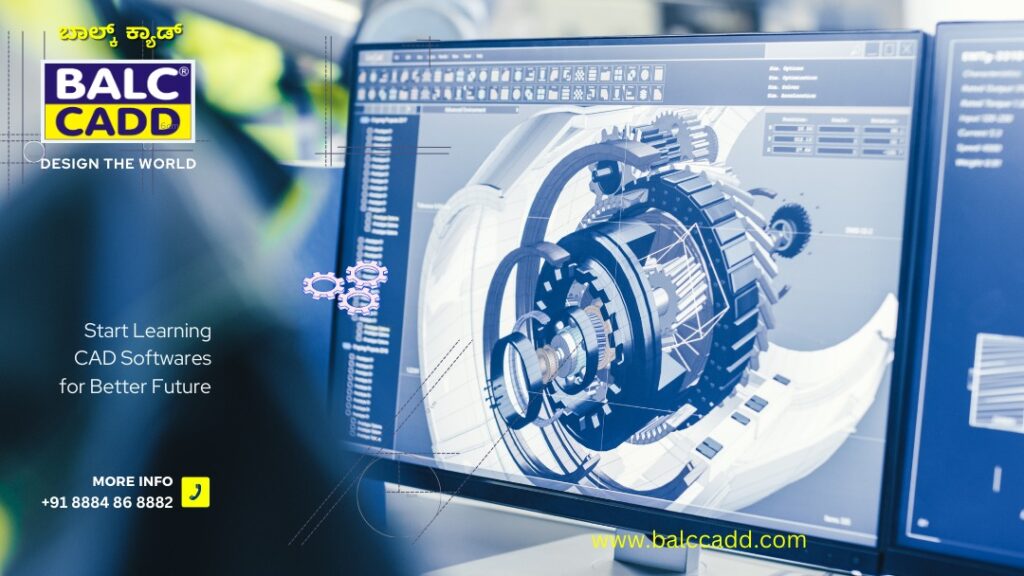Computer-Aided Design (CAD) with new generations of software, and hardware, plays a central role in product creation. First originated in the early 1960s, CAD is now available for the masses. It provides automated workflows based on optimization algorithms and parametrization methods, which makes the design process easier. CAD allows creating complicated shapes, without the need to draw by hand. The designs are used for 3D printing, industrial design, extended reality, and various other purposes. CAD enables the creation of 3D models that can be seen from different angles, also offering shared workflow. Now, when technology is evolving at an incredible speed, CAD solutions are becoming more powerful and intuitive. Due to its wide range of possibilities, computer-aided design is used almost in every industry.
Lets look at the seven emerging 3D modelling tools
- Topology Optimization and Generative
These tools represent the application of artificial intelligence (AI) and machine learning (ML) to the design process. With topology optimization, you can find a single solution for an engineering problem. Generative design generates numerous potential concepts at the beginning of the design cycle.
- Additive Manufacturing.
Closely related to 3D printing, this technology helps us manufacture parts that are lighter, with more complex geometry and fewer components, than what’s possible with traditional subtractive manufacturing techniques.
- Real-Time Simulation.
We can perform structural, thermal, modal, and fluid flow analyses of our models. The results update on the geometry as we design, providing immediate feedback of how changes will affect the model.
- Multibody Modeling
Multiple independent solid volumes can be modeled within a single part. This has applications in many advanced design areas, as we’ll see.
- Behavioral Modeling
Feasibility and optimization studies allow us to build our design intent into models. We can vary any dimension or parameter within a specified range to meet design constraints and minimize or maximize another measure, such as mass.
- Design Exploration
While modeling, we can establish checkpoints and branches to investigate several design choices.

